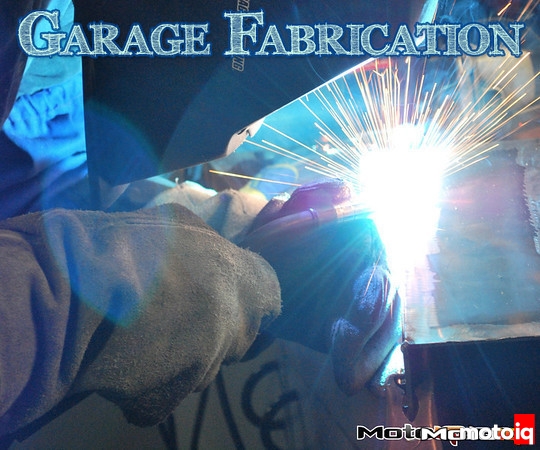,
The last trick I used to prevent giving myself a nice rum-tinged broil was something that you should never do on anything you trust with your life: trigger welding. Trigger-welding is the fabrication equivalent to the Hella-Flush movement: it might look good, but is a major fail from a functional standpoint. Trigger-welding is accomplished by laying a continuous stream of tack welds instead of a solid bead with proper motion. The start-stop action makes it nearly impossible to burn a hole in the workpiece, and makes even the most gorilla-handed welder look like a pro at first glance by laying a nice row of “dimes”. Don't be fooled, however, as the tack welds might look good, but still have the strength and lack of penetration issues you'd get with tack welds. However, since this box is not going to be saving someone's life, the decreased likelihood of some 3000 degree slag dropping into the container and turning my practical joke into a practical bomb made this abortion of welding methods a worthwhile tactic.
 |
| Don't let that row of dimes fool you: trigger welding is a horrible welding method. Any “fabricator” using this method on anything structural should be caned. Also note the gas-relief hole in the top of the workpiece. |
Fortunately, trigger-welding has tattle tales. The constant start-stop action gives the impurities that invariably show up with welding a chance to cool and surround the short-lived weld puddle on all sides. In addition, the start-stop action and pulling the wire away will leave a little dimple in the center of each “dime”. If you see evidence of this welding method with any “fabricator” on important parts like roll cages, run as far away as you can. If you see this on a cage you've already paid for, I'd stay out of the vehicle until it was done over the right way.
This is the major problem with MIG welding: a weld can look good from a cosmetic standpoint, but will result in catastrophy given even a small amount of stress.
 |
|
The easiest way to determine if a weld used the “trigger-welding” technique is the dimple in the center of each weld and (if it hasn't been painted) the crescent of impurities surrounding each dime. These are caused by each start and stop.
|
 |
|
Another trigger weld done on some pieces of 1/8″ scrap. Note the nice “stacked dimes” appearance? All is not what it seems.
|
 |
|
Cutting the weld in half, the penetration is pathetic.
|
 |
| Clamping a set of vice grips to it, I broke the weld completely with only about 20lbs of force. I cannot iterate enough how welds like this will only get you a broken tube in your face if you've got them in your “roll cage”. |


